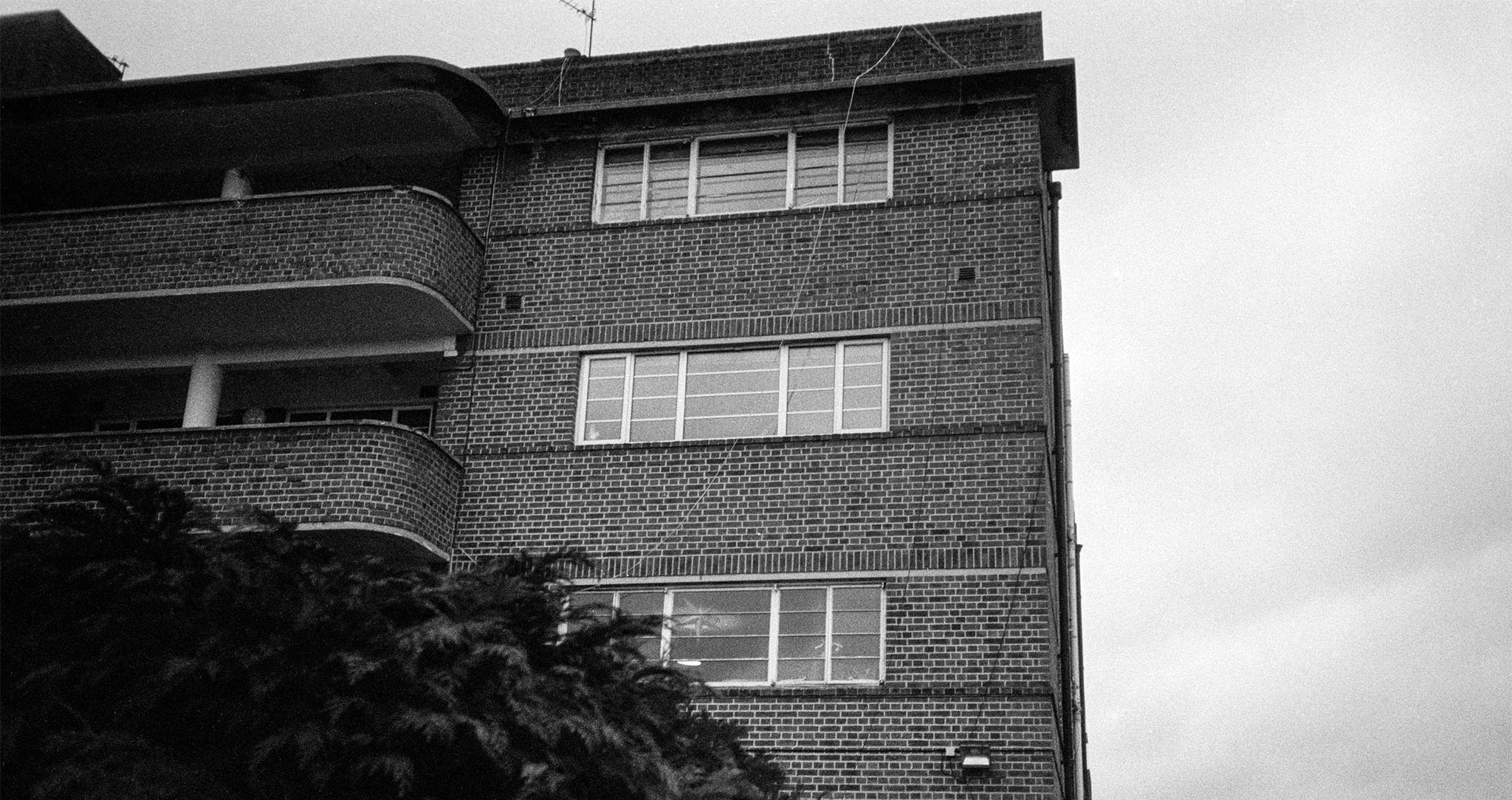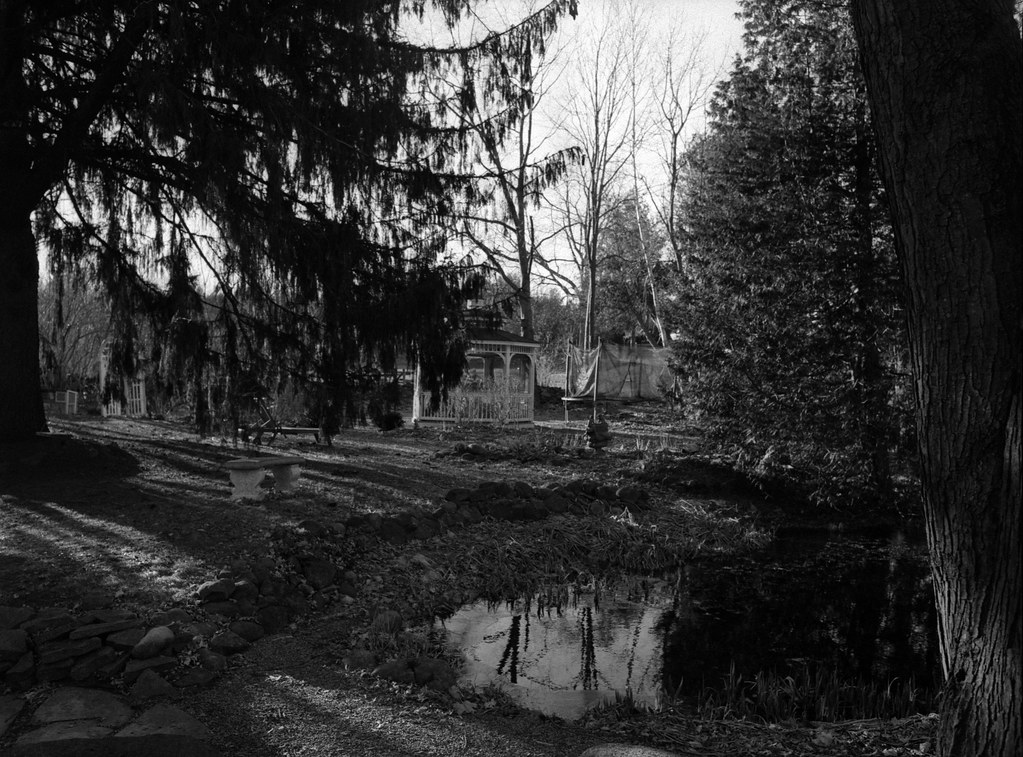So far Ive shot about 5 rolls of this film and my first several were a bit disappointing. Perfect for use in less than ideal lighting situations and by artists seeking that vintage look.

First Impressions A Fomapan 400 Review The Analogue Experience
Ilford HP5 Kodak Tri-X and Fomapan 400.

Fomapan 400 vs tri-x. Ive never shot Fomapan but do shoot a fair amount of Tri-X. I always develop in stock Xtol re-used and unreplenished from a 5 liter can. Not saying they are better but it is illuminating to see the differences and similarities.
You should try out T-Max 3200 shot at 800-1600 and T-Max 400 in the same scenario and compare them to Tri-X. For higher ISO up to ISO 1600 it is hard to beat Tri X 400 but I have not yet tried Fomapan 400. It offers high resolution and wide exposure latitude.
The woman was climbing out for some fresh air that shot was taken during the heatwave in August. Yes TMY-2 is an improved version of the original Tmax 400 with finer grain and better sharpness but with the same linear characteristic curve. My favourite BW films are Tri X Acros and the now discontinued Neopan 400.
I constantly swing between the different film stocks trying to find a favourite but as yet there is no clear winner. Fomapan is among the first 3 black and white films Ive shot so far. Fomapan is a bit grainy in 35mm but less so than Tri-X.
Order and structure vs a more random pattern of sizes. Tonnes of latitude and sharp enough for most of what I shoot. Its around half the price of HP5 Plus per sheet and less than a third of the price of Kodak Tri-X and its still relatively easy to find 4x5 Fomapan 400 in the UK.
There are definitely shared characteristics in the results of these films but I think its more like that Fomapan 400 is a cubic grained film. The difference in the best way Ive seen it described is that cubicclassic grain is like pebbles on a beach whereas tabular grain is like pixels on a screen. Currently Tri-X is probably my favorite of the 3 but Fomapan is becoming quite the competitor.
It has a regular and pleasing structure and is at least on par with similar films from Tier 2 brands if not marginally better. Im not sure Id use Fomapan 200 for something serious. Leave a Reply Cancel reply.
Neopan is a little sharper and contrastier though with a little less latitude. My developing process has simply been the Cinestill monobath. Many say that these days it looks more Kodak Tri-X than Tri-X itself.
Fomapan 100 will not replace Kodak Tri X 400 but it will now be my go-to film when I need up to ISO 400. Personally I would not suggest Fomapan 400 35mm if scanning is its destination. I looked at the cost of a 30 M can of Tri X About fifty GB.
Fomapan vs Other BW films. I usually rate Fomapan 400 at about 200 by sunny sixteen and also overdevelop a bit. For ISO 800 exposures I would rather shoot Kodak Tri-X 400 or T-Max 400 films and push them one stop in developing.
T Max 400 is a great film with a short toe and plenty of expansion capabilities and excellent reciprocity characteristics. Where Fomapan 400 really shines is in large format. FP4 Plus is on my to-try list.
Holga 120 N no mask Fomapan 100. If you de-rate the film to EI 200 the way many do with Tri-X youll push all the values up the straight line portion of the curve with no compression in the highlights. Fomapan gives me both.
Tri-X at 320 is a wonderful look but one roll at 35mm is twice the price of Fomapan sometimes even more than half. The grain does not scan well and the film curls. The Tri X is about 22GBP more than the same length of Foma 400.
After twenty or so rolls the seasoned developer creates very pleasant tones soft contrast that I like. Just like Fuji 200 is my knockabout film and the one I use to test cameras this could be its bw counterpart. Fomapan 400 is another classic style emulsion and reminds us of the original Tri-X from the 80s.
The datasheet for Fomapan 400 rates it at an RMS Granularity of 175 which puts it slightly higher than the 17 of Kodak Tri-X as a comparison. But just as when I shoot color for serious I tend to go with Ektar Id probably stick with T-Max or Tri-X for serious bw. So there is a lot of grit and texture to Fomapan 400.
Id say that Fomapan 400. The 400 is grainier than Tri-X and less flexible if you want to push. 2900dpi Crops grain definition Rollei Retro 400S.
Since I already mentioned grain lets cover this aspect first. Tri X has a looooong toe and looking at the curve and the negatives one needs one to consider these factors in using it. We generally found Tri-X to be a little grainier than T-Max but it was also a little more forgiving when we push-processed it to compensate for underexposure.
However it does print nicely and is certainly something to try shooting as I think it looks more Tri-X than Tri-X these days. Fomapans grain is quite fine for an ISO 400 traditional-grained emulsion. T-Max on the other hand required a bit more precision in developing but yielded noticeably sharper results similar to the slower Plus-X film but with the ASA 400 speed of Tri-X.
I have only used it with D-76 though so there may be better ways to manage the grain factor. Fomapan 400 is a little cheaper than Tri-X or HP5 but not enough to warrant its use by the time you have factored in processing. Definitely worth the effort but definitely to save for the summer.
Tri X has a very classic look and developed in diafine can maintain very normal contrast at 1600 iso. Kodak Tri-X has some of the nicest tones and Kodak T-Max also. No sharpening or manipulation has been applied to these images.
Any reservations about the films grain or latitude evaporate once price is taken into consideration. But there is more to it than that. I should try some to compare with the Foma 400.
It is a panchromatically sensitized black and white negative film rated at ISO 40021.
Film Stock Review Fomapan 400 Action Arista Edu Ultra 400 Plus Infrared Uses Emulsive

Second Fomapan 400 Film Review Parallax Photographic Coop

Kodak Tri X Vs Fomapan Jak Vybrat Cernobily Film Youtube

Ccr Frb Review 15 Fomapan 400 Alex Luyckx Blog